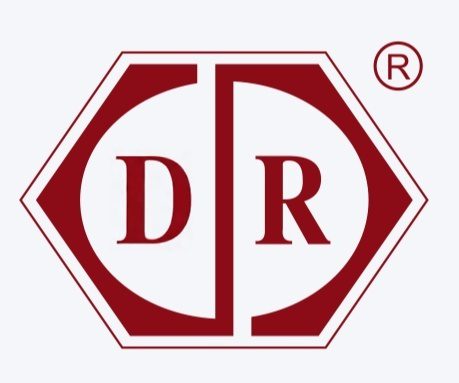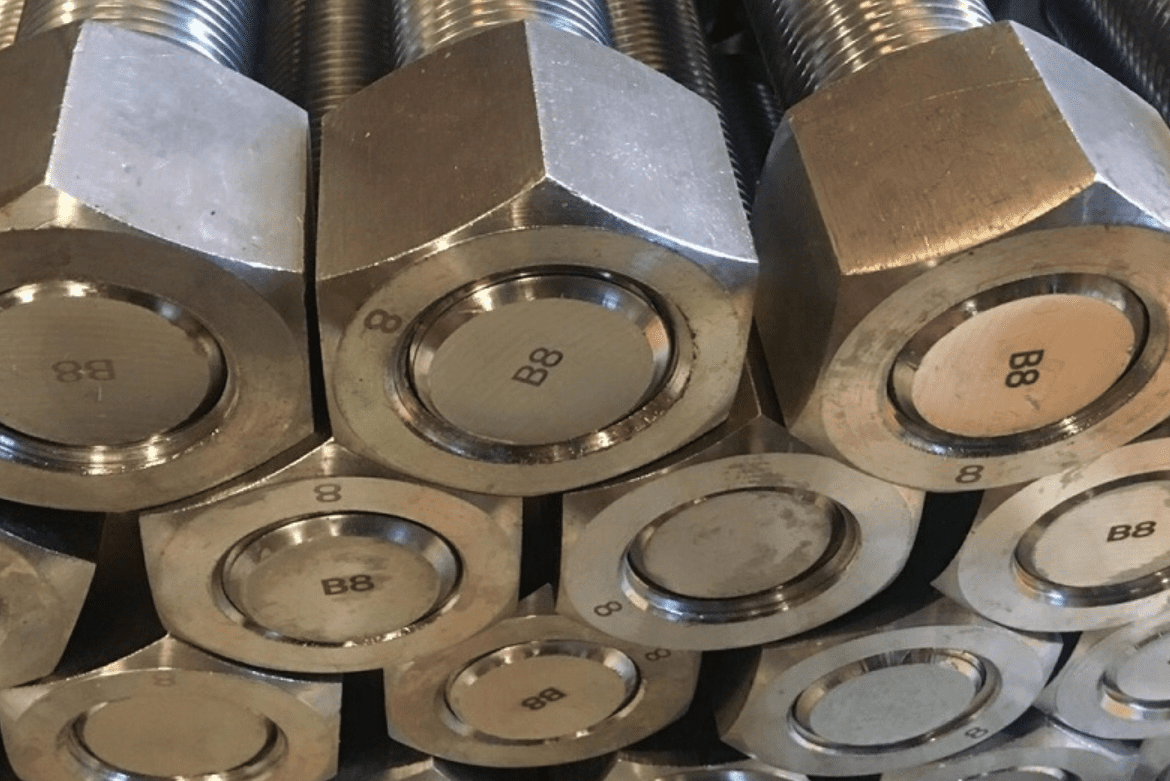What is Stainless Steel 316L?
316L stainless steel is an austenitic chromium-nickel stainless steel with a molybdenum content between 2% and 3%. The higher molybdenum content of 316L provides greater corrosion resistance than 304L, which makes it ideal for applications in environments where chlorides are present.

What is Stainless Steel 317L?
Stainless Steel 317L is a molybdenum-containing austenitic stainless steel that offers significantly improved resistance to chemical attack compared to traditional chromium-nickel austenitic stainless steels such as 304L and 316L. In addition, 317L alloy has higher creep strength, rupture stress, and tensile strength at elevated temperatures than traditional stainless steels. It is widely used in industries such as chemical processing, oil and gas refining, power generation, and food processing.

Difference between 316L and 317L
The main difference between 316L and 317L stainless steel is that 317L contains molybdenum (Mo) in its composition, while 316L does not. The addition of Mo makes 317L better than 316L in corrosion resistance. In addition, 317L has a higher level of resistance to pitting and crevice corrosion than 316L.
Applications of 316L and 317L
316L and 317L are two of the most commonly used stainless steel grades. They are often used in applications where corrosion resistance is a key requirement, such as chemical processing and storage, food and beverage production, and waste treatment.
316L is a low carbon austenitic stainless steel. This makes it ideal for applications that require welding as it reduces the risk of carbide precipitation and associated corrosion. 317L is a molybdenum-containing austenitic stainless steel that has a higher corrosion resistance than 316L. This makes it ideal for use in chemical processing as it resists pitting and crevice corrosion.
Conclusion
Stainless steel 316L and 317L are two very similar stainless steel alloys with some subtle but important differences. Both alloys offer excellent corrosion resistance, weldability, and formability, making them ideal for many different applications. While the higher molybdenum content in 317L gives it an advantage in certain performance areas, especially in pitting resistance, 316L is generally considered the better choice when cost is taken into account. However, no matter which you choose, both options are highly reliable materials that can provide excellent performance in the right application.
309S stainless steel and 310S stainless steel have significant differences in chemical composition, high temperature performance, corrosion resistance, processing performance and magnetism. The following are the specific differences between them:
- Chemical composition
309S stainless steel: contains a lower carbon content (C≤0.08%), as well as an appropriate amount of silicon (Si≤1.00%), manganese (Mn≤2.00%), phosphorus (P≤0.045%), and sulfur (S≤0.030%). Its nickel (Ni) content is about 12.0015.00%, and its chromium (Cr) content is about 22.0024.00%.
310S stainless steel: also contains a lower carbon content (C≤0.08%), but a slightly higher silicon content (Si≤1.50%), and the content of other elements is similar to 309S. Its nickel (Ni) content is about 19.0022.00%, and its chromium (Cr) content is about 24.0026.00%, which has higher nickel and chromium content than 309S.
- High temperature performance
309S stainless steel: has high high temperature strength and oxidation resistance, anti-carburization performance, but moderate high temperature resistance, the maximum use temperature is about 1000.
310S stainless steel: has better high temperature resistance, can be used for a long time in high temperature environment, its maximum use temperature can reach 1100 or higher (some data indicate that its heat resistance temperature can reach more than 1200).
- Corrosion resistance
309S stainless steel: has good high temperature corrosion resistance, especially good corrosion resistance to strong acids such as sulfuric acid and nitric acid.
310S stainless steel: has good corrosion resistance to oxidizing, reducing and neutral gases, and has strong resistance to heat and strong acid and alkaline environments, showing a wider range of corrosion resistance.
- Processing performance
309S stainless steel: has good weldability and plasticity, suitable for conventional welding methods such as electric welding and gas welding.
310S stainless steel: also has good weldability and plasticity, and can be processed by various conventional processing methods.
- Magnetic differences
309S stainless steel: has certain magnetism.
310S stainless steel: is a non-magnetic material.




